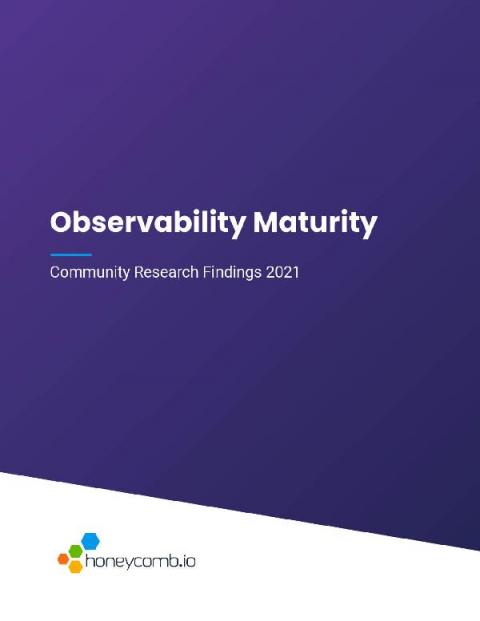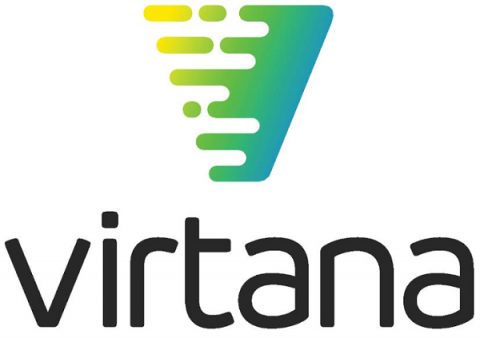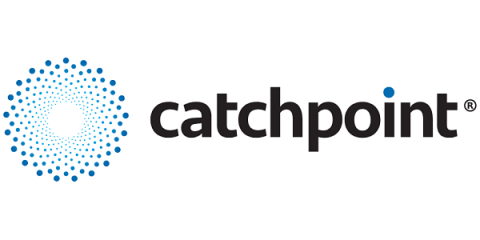Operations | Monitoring | ITSM | DevOps | Cloud
Monitoring
The latest News and Information on Monitoring for Websites, Applications, APIs, Infrastructure, and other technologies.
Introducing dark and light theme modes
We are constantly working to make Icinga even better by adding new useful features. We will be releasing Icinga Web 2 version 2.9.0 very soon. This version will have many new interesting features. One of these functions gives you the option to change the theme mode to Dark, Light or Auto. The default Icinga theme will come with all three modes and will use Dark as the default theme mode. You can change it at any time in the account preferences.
Pandora FMS and Nagios back in the ring. The final comparison
NagiosXI is the proprietary heir of one of the best-known tools in IT to monitor systems without a license, that is, as a free product. As a free product, Nagios (without XI) is a product that is almost 20 years old and suffers from many shortcomings, but for many years it has been the standard among “free” products and it fulfilled its role in those cases where the budget was quite short or the features needed were just a few.
The State of Observability in 2021
Today, we released our second annual Observability Maturity Community Research Findings report. This year-over-year report identifies trends occurring in the observability community that we use to further develop our Observability Maturity Model. Our goal in running this annual report is to understand community perceptions and awareness of observability, how engineering teams are approaching observability, and mapping an observability maturity model that reflects current research findings.
How to set up Elastic Cloud: Advice from Elastic Support
I hate reinventing the wheel once I find a good setup. On top of that, I dislike searching for all the links I used to come up with the “ultimate setup” for different services. So, I decided to outline for myself (and for you of course) my default setup when I deploy on Elastic Cloud to set myself up for success and automate insight for the future. Most of my setup steps make monitoring accessible or automate various warnings to myself.
There's No Such Thing as an Average Workload
When you’re planning to move a workload to the cloud, whether public or private, you need to select the best instance size and volume types to meet your needs. Sounds obvious, but the process is anything but.
Introducing the Nexthink Service Graph Connector
Configuration Management Databases (CMDBs) are key elements of any IT infrastructure. In large or growing organizations, however, successfully managing a CMDB is no easy feat. After all, IT Operations teams are responsible for managing tens of thousands of data points in dynamic environments. Lack of visibility, shallow troubleshooting, and the overall maintenance of a “healthy” CMDB can quickly lead to frustrations and result in expensive professional services support.
Aliaksandr Valialkin and Roma Novikov - Percona- PMM: Migration From Prometheus to VictoriaMetrics
Monitor Databricks with Datadog
Databricks is an orchestration platform for Apache Spark. Users can manage clusters and deploy Spark applications for highly performant data storage and processing. By hosting Databricks on AWS, Azure or Google Cloud Platform, you can easily provision Spark clusters in order to run heavy workloads. And, with Databricks’s web-based workspace, teams can use interactive notebooks to share datasets and collaborate on analytics, machine learning, and streaming in the cloud.











